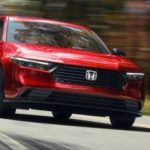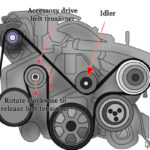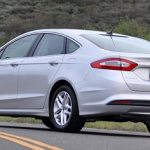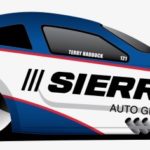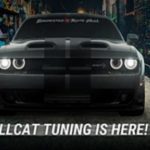NHRA Launches Electric Race Car Initiative
Un-Greased Lightning
It’s amazing to me just how quickly the EV industry is developing now. Manufacturers jump to meet increased demand and now the NHRA is taking the initiative, too.
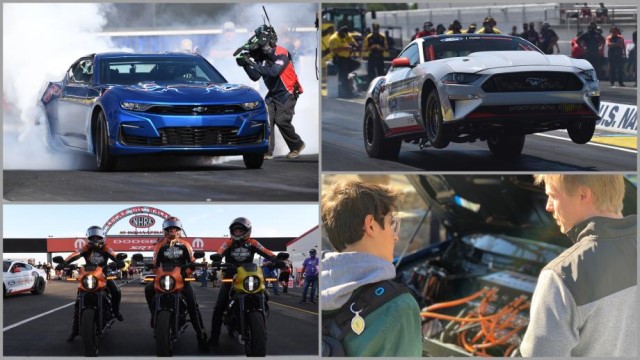
The National Hot Rod Association held its first panel discussion with original equipment and aftermarket manufacturers, safety equipment partners, and EV racers to develop strategies to race and showcase this new technology.
Wally Parks recognized the importance of connecting automakers and drag racers to allow them both a place to develop their performance. That vision helped to create the first muscle cars and launch generations of racers. That vision also gave manufacturers a stage to demonstrate their capabilities in front of a global audience. No matter which make or model ended up in the winner’s circle, the car world won through its partnership with Parks and the NHRA.
The past three years have seen the debut of the Chevrolet eCOPO, a match-race between a supercharged Ford Cobra Jet Mustang and the all-electric Cobra Jet 1400, all-electric Harley-Davidson motorcycles in the hands of Vance & Hines, and a 200-mph pass by an all-electric dragster.
NHRA’s leadership launched an electric vehicle (EV) initiative to understand and promote the potential of these new vehicles and powertrains. At the 2021 NHRA Gatornationals in Gainesville, Fla., a core group of this team presented the opportunities for EV racing through NHRA competition, marketing, technical, safety, television, and live events by hosting a panel discussion.
The interest in attending this preliminary gathering on EV drag racing was overwhelming. Representatives from Dodge, Ford, GM, and Toyota were in attendance. There were also EV racing teams, EV racing supporters, safety equipment suppliers, automotive aftermarket manufacturers, and enthusiast car builders.
The meeting was held outside in a socially distanced manner at the top end of the historic Gainesville Raceway racetrack. The meeting was exploratory and intended to gauge the interest in NHRA developing EV racing opportunities. It was also an opportunity for NHRA to discuss topics it is researching and allowed NHRA to call on its partners and the larger automotive industry to develop synergies that would benefit all.
Led by Ned Walliser, NHRA vice president-competition, the meeting began with him asking the OEM and safety partners in attendance about their interest in using the NHRA as a platform to develop and showcase their products.
“NHRA is seeking to understand at what level our partners are looking to move forward together with EVs,” said Walliser. “Is it more OEM cars through a member-track level, or is it more of a purpose-built category that would allow automakers to develop and demonstrate their factory-based efforts?”
NHRA made it clear that any EV racing it could conceive of would be in addition to existing racing categories. Electric vehicles would not replace any class or type of car. Areas of discussion included: the significant number of production EV cars now racing at the NHRA member track level, safety, EV components, software, areas of innovation, cost, and EV interest from the 13-34-year-old demographic. Based on the enthusiasm of the people present, a follow-up meeting will be scheduled.
COMPANY DETAILS |

|
|
Company |
NHRA |
|
Website |
|
|
Connect |
   
|
|
Contact |
|
|
Phone |
(626) 914-4761 |
ABOUT NHRA®
Though it has grown into a global sports-entertainment business, NHRA has not lost sight of Parks’ original goal: to provide competitors a place to race. But now those places are deluxe supertracks in major U.S. markets, and the racing runs the gamut from 10,000-horsepower Top Fuel dragsters to five-horsepower Jr. Dragsters. Drag racing’s journey through the decades has been sometimes swift, sometimes rocky, but always exciting and always worth the trip. In the 1950s, top performance marks were 140 mph in nine seconds. Today, they’re more than 330 mph in less than 3.7 seconds.
